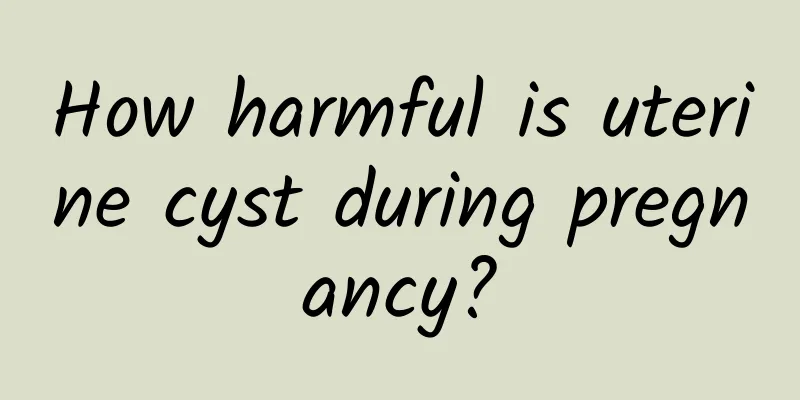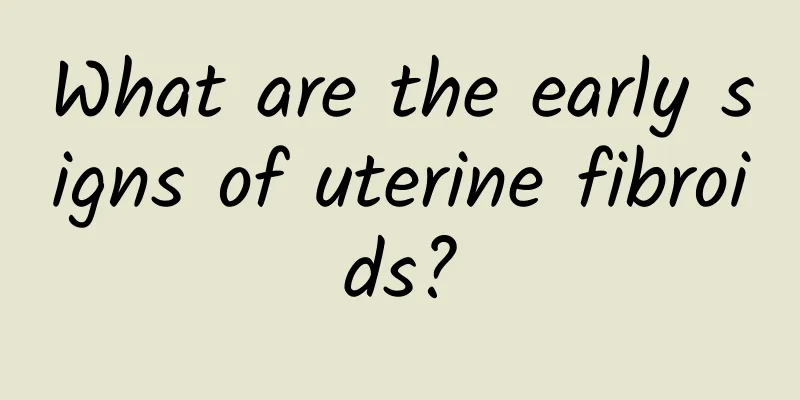How harmful is uterine cyst during pregnancy?

|
The harm of uterine cysts during pregnancy depends on the type, size and location of the cyst, and timely medical evaluation is key. Treatment methods include observation, drug therapy and surgical intervention, and the specific plan needs to be implemented according to the doctor's advice. 1. The impact of cyst type on pregnancy. Functional cysts such as corpus luteum cysts usually have little impact on pregnancy and may disappear on their own; however, pathological cysts such as endometriosis cysts or teratomas may cause abdominal pain, increase the risk of miscarriage or premature birth, and require close monitoring. 2. The relationship between cyst size and location. Smaller cysts may not cause obvious symptoms, but larger cysts may compress the uterus or fallopian tubes, affecting fetal development or causing abnormal fetal position; cysts located near the cervix may increase the difficulty of delivery, so a delivery plan needs to be made in advance. 3. Risk of cyst rupture or torsion. During pregnancy, the cyst may be stretched due to the enlargement of the uterus, increasing the risk of rupture or torsion, leading to acute abdominal pain, internal bleeding and other emergencies, requiring immediate medical treatment. 4. Choice of treatment method. For small asymptomatic cysts, doctors may recommend regular ultrasound monitoring; if the cyst causes discomfort or poses a risk, medications such as progesterone may be considered for control; in severe cases, laparoscopic surgery is required to remove the cyst, but the timing of the surgery must be carefully chosen to reduce the impact on the fetus. 5. Management and prevention during pregnancy. Maintaining good living habits, avoiding strenuous exercise, regular prenatal check-ups, and timely detection and treatment of cyst-related symptoms can help reduce the adverse effects of cysts on pregnancy. The hazards of uterine cysts during pregnancy vary from person to person. Timely medical evaluation and personalized treatment are the key to ensuring the safety of mother and child. Close monitoring and scientific management during pregnancy can help reduce the risk of complications. |
<<: How to make a girl's Bartholin's gland cyst disappear slowly
>>: What are the symptoms of uterine fibroids?
Recommend
Mid-stage vulvar leukoplakia has certain characteristics on the skin
Mid-stage vulvar leukoplakia has certain characte...
What to eat after a miscarriage to help your uterus recover?
After a miscarriage, you may be in a state of qi ...
How to prepare for pregnancy correctly for habitual miscarriage?
The occurrence of habitual miscarriage will make ...
What medicine is good for pelvic inflammatory disease
Pelvic inflammatory disease is a pelvic inflammat...
What should I do if my menstrual flow is small after uterine fibroid surgery?
Patient: I am 46 years old and have multiple uter...
You must eat black foods to lower blood lipids! Wu Mingzhu recommends: Black fungus and tofu soup
If you want to lower blood lipids in winter, you ...
What are the clinical diagnoses of pelvic inflammatory disease?
Pelvic inflammatory disease is a gynecological di...
To fully understand the symptoms of lower abdominal pain caused by pelvic inflammatory disease
There are many common diseases in life, and the s...
Hollywood actresses are popular with the "primitive diet" and lose weight quickly after giving birth!
American fashion celebrity and designer Kristin C...
What are the symptoms and signs of blood deficiency and functional blood bleeding?
Xiaoling has been married for more than a year, a...
What causes second-degree cervical erosion? Women should pay attention to these causes of cervical erosion
Clinically, cervical erosion is more common in ma...
What are the causes of vulvar leukoplakia?
What are the causes of vulvar leukoplakia? Vulvar...
Always pay attention to the precautions after painless abortion
I believe everyone should be familiar with painle...
What to do if your period is delayed
What should I do if my menstruation is delayed? D...
Can I go home directly after a painless abortion?
Usually you cannot go home immediately after a pa...









